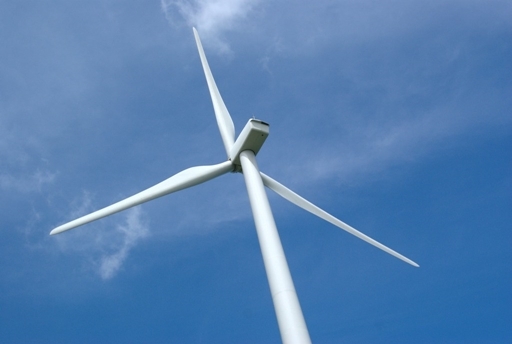“Amid the zeal to recycle, there’s no small irony in the fact the main sources of renewable energy cannot themselves be renewed when they reach the end of their life.” “
“I would have thought that if they sawed the blades longitudinally they could have been used in construction, or perhaps without any sawing at all. It just needs to get architects onboard.”
“It’s more realistic, say experts, to accept that we will never have a source of energy that is 100 per cent green.
.
There are issues around the disposal of alternative energy technologies:
What do we do with old wind-turbine blades? – Vision Group for Sidmouth
Cobalt in your car battery: the ethics of mining minerals – Vision Group for Sidmouth
Nevertheless, there are some ‘solutions’ out there:
Bladeless wind turbines – Vision Group for Sidmouth
Addressing concerns about solar farms – Vision Group for Sidmouth
In today’s Daily Mail, Tom Leonard looks at the issues frankly and reasonably:
Graveyard of the green giants: It’s the hidden cost of our dash for windpower – thousands of decommissioned blades that are so difficult to recycle, they are just dumped as landfill

The enormous white windmills are sprouting on land and off coastlines in ever-greater numbers, including in Britain, which is building the world’s biggest offshore wind farm in the North Sea.
But they come with a hidden environmental cost that is rarely mentioned: they don’t last for ever: only 20 to 25 years, in fact. And the blades, built from a ‘composite’ of fibreglass and resin that can withstand hurricane-force winds but be light enough to turn, cannot easily be crushed, let alone recycled. Scientists are looking for ways to separate the resins from the fibres or grind chunks of blade into small pellets that can be used in other products, but they’re struggling to find any process that works on a large scale.
Amid the zeal to recycle, there’s no small irony in the fact the main sources of renewable energy cannot themselves be renewed when they reach the end of their life.
…
Solar panels — which contain photovoltaic cells to convert sunlight to electricity and typically boast a 25-year life span — are another green recycling nightmare waiting to happen.
The International Renewable Energy Agency estimates that by 2050, up to 78 million tons of solar panels will have reached the end of their life and the world will create another six million tons of photovoltaic waste every year. Where to put all of that is potentially an even bigger headache than the turbine blades. It’s very complicated to recover the more valuable materials, such as silver and silicon, used in solar panels.
…
And what about the lithium-ion batteries used in electric cars? Here, too, there’s a money issue. Japanese researchers say the value of the materials that can be recycled from them is about a third of the cost of the recycling operation, while it’s five times cheaper to mine new lithium than extract the old lithium from batteries.
…
Apostles of green energy undoubtedly glossed over all this — if indeed they even knew about it — when they first brandished wind and solar power as the perfect alternatives to help wean us off planet-killing oil, coal and gas. It’s more realistic, say experts, to accept that we will never have a source of energy that is 100 per cent green.
TOM LEONARD: Graveyard of the green giants | Daily Mail Online
Whilst the likes of the Heritage Foundation will have its own agenda:
Hidden Costs of Energy Mandates | The Heritage Foundation
It’s nevertheless interesting to see that the Scientific American was drawing our attention to these issues a decade ago:
Renewable Energy’s Hidden Costs – Scientific American
A final comment from a local correspondent:
“I would have thought that if they sawed the blades longitudinally they could have been used in construction, or perhaps without any sawing at all. It just needs to get architects onboard. Other things seem to be an intractable problem.”